The Power of Platelet-Rich Plasma (PRP) Therapy: A Natural Solution for Healing and Rejuvenation
In the ever-evolving world of regenerative medicine, Platelet-Rich Plasma (PRP) Therapy has emerged as a groundbreaking treatment for various medical and aesthetic concerns. Whether you're dealing with joint pain, hair loss, or aging skin, PRP therapy offers a natural and effective solution. But what exactly is PRP, and how does it work? Let's explore the science, benefits, and applications of this innovative treatment.
What is PRP Therapy?
PRP therapy is a non-surgical, minimally invasive procedure that utilizes the body's natural healing mechanisms. It involves extracting a small amount of the patient's blood, processing it to concentrate the platelets, and then injecting the platelet-rich plasma into the targeted area. Platelets contain growth factors that accelerate tissue repair, reduce inflammation, and promote collagen production.
The Science Behind PRP Therapy
Blood consists of red blood cells, white blood cells, plasma, and platelets. Platelets play a crucial role in wound healing by releasing growth factors that stimulate cell regeneration. PRP therapy enhances this natural process by delivering a higher concentration of platelets to the affected area, expediting healing and rejuvenation.
Benefits of PRP Therapy
PRP therapy offers a wide range of benefits, including:
Natural Healing: Uses the body's own biological material, reducing the risk of allergic reactions or infections.
Minimally Invasive: A simple procedure with minimal downtime and discomfort.
Versatile Applications: Effectively treats musculoskeletal injuries, hair loss, skin rejuvenation, and even dental issues.
Long-Lasting Results: Enhances tissue repair and regeneration, leading to sustainable improvements.
Common Uses of PRP Therapy
PRP therapy is widely used across various medical fields, including:
1. Orthopedic and Sports Medicine
PRP injections help accelerate the healing of injuries such as tendonitis, ligament sprains, and osteoarthritis. Athletes and active individuals often turn to PRP to recover faster and regain mobility.
2. Hair Restoration
PRP therapy is an effective solution for individuals experiencing hair thinning or early-stage hair loss. By stimulating hair follicles and improving blood circulation, PRP encourages natural hair growth and strengthens existing strands.
3. Skin Rejuvenation and Anti-Aging
Also known as the "Vampire Facial," PRP therapy enhances collagen production, reducing wrinkles, fine lines, and acne scars. It improves skin texture, elasticity, and overall radiance.
4. Post-Surgical Healing
PRP therapy is often used to accelerate healing after surgical procedures, reducing recovery time and minimizing scarring.
What to Expect During PRP Treatment
Consultation: A medical professional assesses your condition and discusses treatment goals.
Blood Draw: A small sample of your blood is drawn, usually from the arm.
Processing: The blood is placed in a centrifuge to separate the platelet-rich plasma.
Injection: The concentrated PRP is injected into the targeted area using a fine needle.
Recovery: Mild swelling or redness may occur, but downtime is minimal.
Is PRP Therapy Right for You?
PRP therapy is a safe and effective option for many individuals, but it may not be suitable for everyone. Those with blood disorders, active infections, or certain medical conditions should consult a healthcare provider before considering PRP treatment.
Conclusion
Platelet-Rich Plasma (PRP) Therapy is revolutionizing the fields of regenerative medicine and aesthetic treatments. Whether you seek pain relief, hair regrowth, or skin rejuvenation, PRP offers a natural and innovative approach to healing and restoration. If you're interested in PRP therapy, consult with a qualified medical professional to explore its potential benefits for your specific needs.
For more information and expert insights, stay connected with our latest updates on cutting-edge regenerative treatments!
